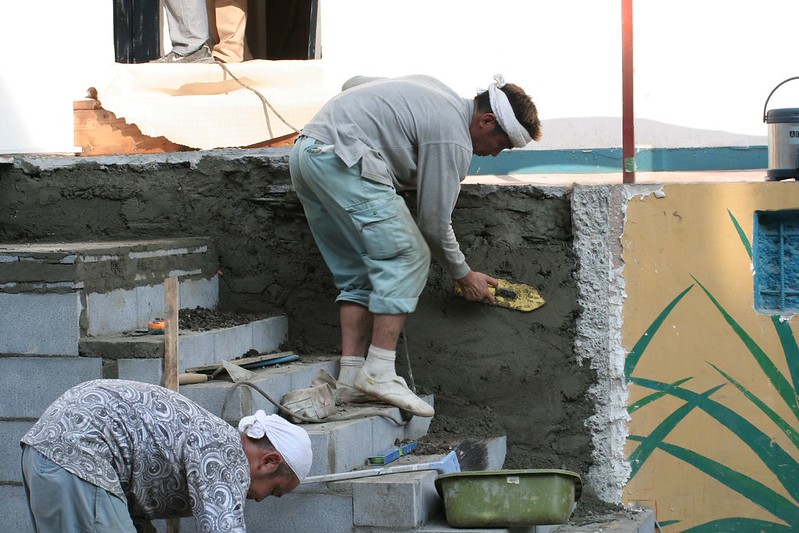Japan to allow in 820,000 new foreign workers to offset for a declining population
On 29 March, the Japanese cabinet set a record increase for the country until 2028. Meanwhile, the number of foreign residents rises considerably, and now tops three million. Japan also hosts refugees from Afghanistan, Myanmar, and Sri Lanka. Multiculturalism represents a challenge in a highly traditional society.
Tokyo (AsiaNews) – Japanese authorities are trying again to counter the demographic crisis that has affected the country over the past few decades.
To this end, the Japanese cabinet has decided to add four more sectors to its “specific skilled worker" visa programme, allowing some 820,000 foreigners to work in the country until the 2028 fiscal year.
Last year saw an all-time low in births, 758,631, a decrease of 5.1 per cent. As a result of the declining birthrate, labour shortages are putting a strain on various industries.
This trend is accompanied by a record rise in the number of foreign workers. In 2023, the increase was 12.4 per cent over 2022, or 2.04 million workers, according to data released by the Ministry of Labour this year.
This number is bound to increase as Japan desperately needs workers to be employed on assembly lines, construction sites, senior citizens’ care, and agriculture (vegetable picking).
“Japan is entering an era of mass foreign immigration,” said Junji Ikeda, president of Saikaikyo, a Hiroshima-based agency that sources and oversees foreign workers. "Incremental adjustments will not suffice.”
The government’s latest move follows other attempts to counter the demographic decline; this includes granting refugee status to 303 people in 2032, up by 101 people or 50 per cent over the previous year.
A majority of the refugees, 237, came from Afghanistan, many of whom were linked to the Japan International Cooperation Agency (JICA) and sought refuge after the Taliban's return to power. The JICA is a governmental agency in charge of most of Japan’s development assistance.
Another 27 are from Myanmar, a military-ruled country experiencing instability, while six are from Ethiopia.
Currently, some 13,823 applications for refugee status are still pending, the second highest after the peak year of 2017, when 19,629 asylum applications were made.
Sri Lanka leads in terms of applicants, with 3,778 people, but a significant number also comes from Turkey and Pakistan.
In the case of Rohingya from Myanmar, their claim to refugee status is a hotly debated issue.
In January, the Nagoya High Court ordered the Japanese government to grant refugee status to a Rohingya asylum seeker. Prior to this, a lower court had ruled that Khin Maung Soe, 44, was indeed Rohingya, but that his ethnicity was not a sufficient basis to consider him a refugee.
In its motivation, the High Court said that, since Myanmar’s military “committed ethnic cleansing against the Rohingya” after the 2021 coup, there “exists an objective fact to fear persecution", effectively recognising the right to refugee status.
Meanwhile, as a result of high levels of immigration and recent government policies, the number of foreign residents in Japan rose to 3,410,992 (out of a population of about 125 million), up by 10.9 per cent over 2023, a record for a second consecutive year, this according to Japan’s Immigration Services Agency.
This trend suggests that the East Asian country is turning into a more multicultural society; however, this reality faces societal constraints, including underdeveloped integration mechanisms.
The increase in Japan’s foreign population can cause social frictions rather than harmony and peaceful coexistence because of religious and linguistic differences.
This is especially true for Japan, a country well steeped in shared traditions, values, and social norms, where cultural homogeneity has characterised the very identity of the nation over the centuries.
For this reason, new challenges await Japan in the future, including with respect to the education system, public services, and community programmes, developed originally for a homogeneous population.
11/08/2017 20:05







.png)










